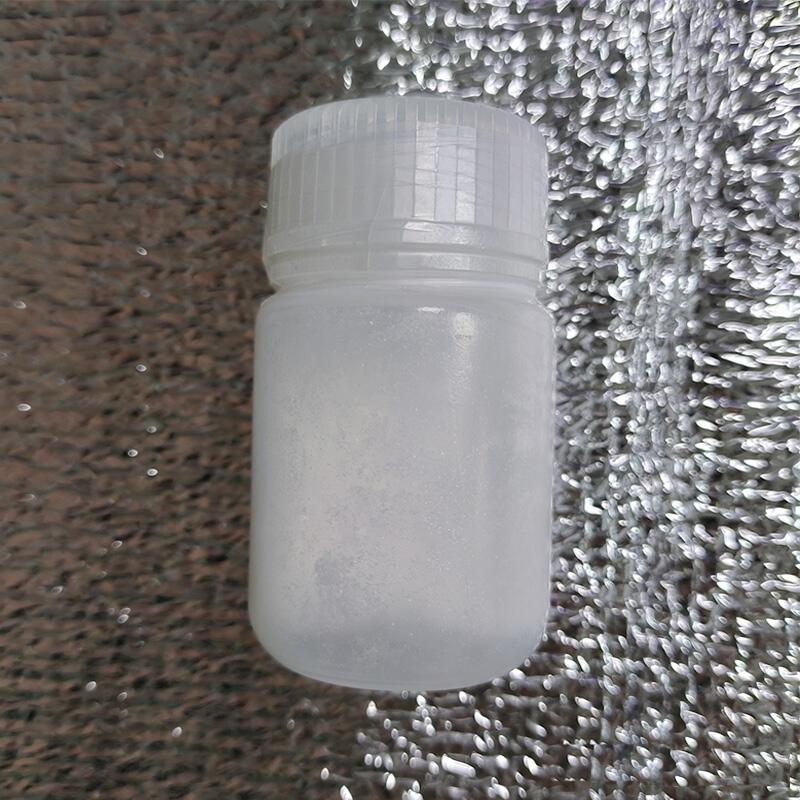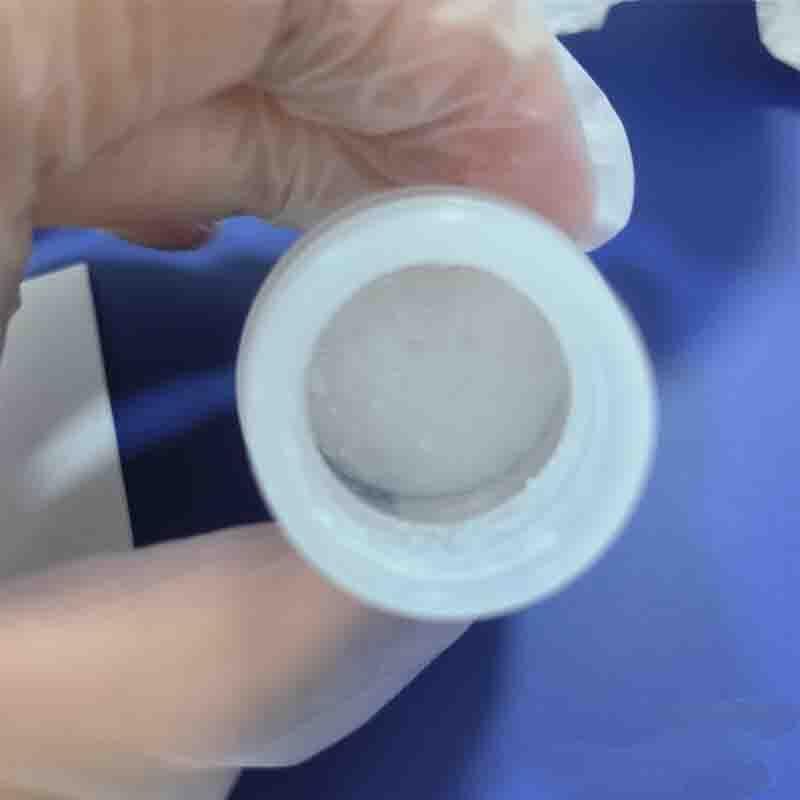-
Categories
-
Pharmaceutical Intermediates
-
Active Pharmaceutical Ingredients
-
Food Additives
- Industrial Coatings
- Agrochemicals
- Dyes and Pigments
- Surfactant
- Flavors and Fragrances
- Chemical Reagents
- Catalyst and Auxiliary
- Natural Products
- Inorganic Chemistry
-
Organic Chemistry
-
Biochemical Engineering
- Analytical Chemistry
-
Cosmetic Ingredient
- Water Treatment Chemical
-
Pharmaceutical Intermediates
Promotion
ECHEMI Mall
Wholesale
Weekly Price
Exhibition
News
-
Trade Service
Only for medical professionals to read and reference.
Quick collection! The "nutcracker" esophagus is the most common esophageal pressure disorder in non-cardiogenic chest pain.
It is characterized by violent peristaltic contraction or prolonged contraction time of the esophagus centered in the lower part of the esophagus, causing angina-like chest pain.
"Nutcracker" esophagus is also called hypertensive esophagus, super-squeeze esophagus, high-amplitude peristalsis esophagus, etc.
Whether its etiology is motility defects, and whether mental abnormalities have a significant impact on esophageal paresthesia is still debated.
Summary of clinical diagnosis and treatment of the “nutcracker” esophagus.
Chest pain and dysphagia are common complaints of the disease.
Cardiogenic chest pain should be checked during diagnosis and treatment.
It cannot be confirmed that the pain is related to cardiovascular disease.
When further examination is required, esophageal manometry is considered to be the "gold standard" for detecting esophageal motor function.
When the "nutcracker" esophagus is suspected, and the esophageal pressure measurement cannot obtain a typical pressure map, the acid drip test and drug provocation test are of certain significance.
Although the positive reaction rate after provocation is only about 50%, this experiment has a high The specificity of esophagus, about 60% of "nutcracker" esophagus patients have a positive reaction to the acid drop test.
Drug treatment for this disease is currently the first choice.
Nitrate and calcium antagonists are commonly used drugs that can relax the esophageal smooth muscle and reduce the amplitude of esophageal contraction during pressure detection.
However, it also reduces the pressure of the lower esophageal sphincter (LES) and the ability to clear esophageal acid, so it has no therapeutic effect on the "nutcracker" esophagus patients with gastroesophageal reflux disease (GERD), and even aggravates the symptoms.
The symptoms of patients with GERD can be improved after 8 weeks of treatment with famotidine or proton pump inhibitor (PPI), and the esophageal motility of some patients has returned to normal.
Combined use of anti-anxiety drugs can improve esophageal pressure in a short period of time, suggesting that mental and psychological factors are closely related to esophageal motor function.
After careful examination and exclusion of cardiogenic symptoms, explain the reasons for the symptoms, and let the patient know that the disease is benign rather than malignant or progressively aggravating, which is very important for the patient to reduce the psychological burden, stabilize the condition and reduce recurrence benefit.
References: [1] Yu Jieping, Shen Zhixiang, Luo Hesheng.
Practical Gastroenterology (3rd Edition) [M].
Beijing: Science Press, 2017.
[2] Chen Jian.
Classification and pharmacology of proton pump inhibitors characteristics [J] Shanghai pharmaceutical 2013 (21): 3-7 This article source: medical profession digestion liver disease channel author: Chen Zhipeng editor: Mary-End- posting / reprint / business cooperation, please contact: xh @ yxj.
org.
cn
Quick collection! The "nutcracker" esophagus is the most common esophageal pressure disorder in non-cardiogenic chest pain.
It is characterized by violent peristaltic contraction or prolonged contraction time of the esophagus centered in the lower part of the esophagus, causing angina-like chest pain.
"Nutcracker" esophagus is also called hypertensive esophagus, super-squeeze esophagus, high-amplitude peristalsis esophagus, etc.
Whether its etiology is motility defects, and whether mental abnormalities have a significant impact on esophageal paresthesia is still debated.
Summary of clinical diagnosis and treatment of the “nutcracker” esophagus.
Chest pain and dysphagia are common complaints of the disease.
Cardiogenic chest pain should be checked during diagnosis and treatment.
It cannot be confirmed that the pain is related to cardiovascular disease.
When further examination is required, esophageal manometry is considered to be the "gold standard" for detecting esophageal motor function.
When the "nutcracker" esophagus is suspected, and the esophageal pressure measurement cannot obtain a typical pressure map, the acid drip test and drug provocation test are of certain significance.
Although the positive reaction rate after provocation is only about 50%, this experiment has a high The specificity of esophagus, about 60% of "nutcracker" esophagus patients have a positive reaction to the acid drop test.
Drug treatment for this disease is currently the first choice.
Nitrate and calcium antagonists are commonly used drugs that can relax the esophageal smooth muscle and reduce the amplitude of esophageal contraction during pressure detection.
However, it also reduces the pressure of the lower esophageal sphincter (LES) and the ability to clear esophageal acid, so it has no therapeutic effect on the "nutcracker" esophagus patients with gastroesophageal reflux disease (GERD), and even aggravates the symptoms.
The symptoms of patients with GERD can be improved after 8 weeks of treatment with famotidine or proton pump inhibitor (PPI), and the esophageal motility of some patients has returned to normal.
Combined use of anti-anxiety drugs can improve esophageal pressure in a short period of time, suggesting that mental and psychological factors are closely related to esophageal motor function.
After careful examination and exclusion of cardiogenic symptoms, explain the reasons for the symptoms, and let the patient know that the disease is benign rather than malignant or progressively aggravating, which is very important for the patient to reduce the psychological burden, stabilize the condition and reduce recurrence benefit.
References: [1] Yu Jieping, Shen Zhixiang, Luo Hesheng.
Practical Gastroenterology (3rd Edition) [M].
Beijing: Science Press, 2017.
[2] Chen Jian.
Classification and pharmacology of proton pump inhibitors characteristics [J] Shanghai pharmaceutical 2013 (21): 3-7 This article source: medical profession digestion liver disease channel author: Chen Zhipeng editor: Mary-End- posting / reprint / business cooperation, please contact: xh @ yxj.
org.
cn







